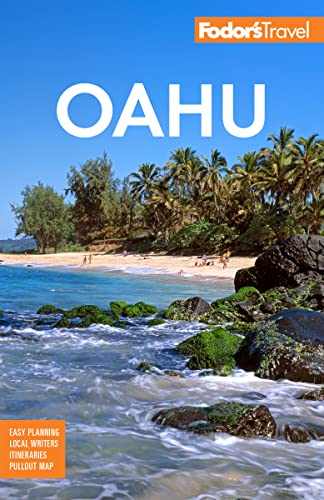Chinatown's original business district was made up of dry-goods and produce merchants, tailors and dressmakers, barbers, herbalists, and dozens of restaurants. The meat, fish, and produce stalls remain, but the mix is heavier now on gift and curio stores, lei stands, jewelry shops, and bakeries, with a smattering of noodle makers, travel agents, Asian-language video stores, and dozens of restaurants.
The name "Chinatown" here has always been a misnomer. Though three-quarters of Oahu's Chinese lived closely packed in these 25 acres in the late 1800s, even then the neighborhood was half Japanese. Today you hear Vietnamese and Tagalog as often as Mandarin and Cantonese, and there are voices of Japan, Singapore, Malaysia, Korea, Thailand, Samoa, and the Marshall Islands, as well.
Perhaps a more accurate name is the one used by early Chinese: Wah Fau (Chinese port), signifying a landing and jumping-off place. Chinese laborers, as soon as they completed their plantation contracts, hurried into the city to start businesses here. It's a launching point for today's immigrants, too: Southeast Asian shops almost outnumber Chinese; stalls carry Filipino specialties like winged beans and goat meat; and in one tiny space, knife-wielding Samoans skin coconuts to order.
In the half century after the first Chinese laborers arrived in Hawaii in 1851, Chinatown was a link to home for the all-male cadre of workers who planned to return to China rich and respected. Merchants not only sold supplies, they held mail, loaned money, wrote letters, translated documents, sent remittances to families, served meals, offered rough bunkhouse accommodations, and were the center for news, gossip, and socializing.
Although much happened to Chinatown in the 20th century—beginning in January 1900, when almost the entire neighborhood was burned to the ground to halt the spread of bubonic plague—it remains a bustling, crowded, noisy, and odiferous place bent primarily on buying and selling, and sublimely oblivious to its status as a National Historic District or the encroaching gentrification on nearby Nuuanu Avenue.





